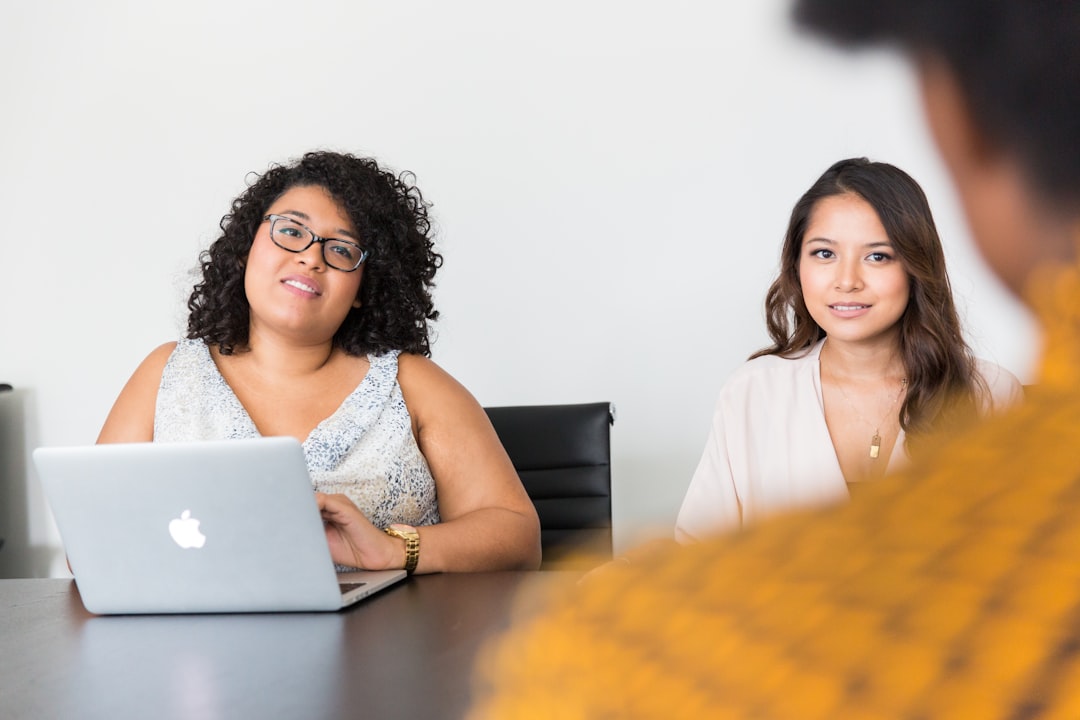[Get Hired in UX Guide] Step 8. Prove Your Worth in the Interview.
It's your time to shine and prove them you are the one 🧞♂️

Almost there!
The fact that they decided to interview you, is already a huge win. You've passed the "resume test" 👍 Time to prepare to make a great impression and showcase your skills and experience. In this lesson, we'll dive into tips and tricks for your next interview.
Be prepared
By now, you should have a great understanding of the company, industry, challenges, and culture. Make sure you absorb as much of the available information as possible before going in. This will help you personalize your answers to align with the company's values and goals. Additionally, prepare for common interview questions such as "Tell me about yourself" and "What are your strengths and weaknesses?
💡Tip: Some companies have their "custom" questions that you can search for online, if not, look at the lists of most popular questions for UX designers.
Practice, practice, practice
Start by yourself and record videos of you answering different sample interview questions. Then, improve on the presentation and clarity of your answers, and practice with a friend or family member to build your confidence and ensure you're prepared for any curveball questions. Additionally, practice your body language and non-verbal communication to appear confident and engaged.
💡Tip: Try adding more hand gestures, they can significantly enhance communication and make you seem more confident.
Interview etiquette
Never ever be late for an interview, it's a huge red flag for many companies. On the other hand, there are situations when some things are out of your control and you came late. Explain the situation and if they are good people, they should understand. If not, it's their loss.
Dress appropriately to the company culture, but slightly overdressed. For example, if you are interviewing at a very casual startup, dress in business casual. Shake hands, be polite and nice, keep eye contact, etc. All the standard "good human" behaviour rules apply here. You are an adult, so I am sure you know these 😉
💡Tip: Ask the recruiter about the dress code in advance, they'd know best what's appropriate.
Be specific and relevant
When answering interview questions, be sure to provide specific examples from your past experiences that showcase your skills and achievements. Choose examples that are relevant to this particular company's needs (e.g. if they sell an iOS mobile app, try to provide examples of your work on the iOS platform) This will help the interviewer understand how you can add value to their team.
💡Tip: Think beyond their current tech stack. Every business wants to grow and expand. They might have the iOS app right now but have likely considered adding other platforms. If so, your experience designing for Android OS could be an added bonus to your profile.
Ask questions
The most underrated part of an interview and most neglected. Too many candidates either don't ask any questions, or ask bad questions. The quality of your questions is very important and your real chance to stand out and confirm to the interviewer that you know their business. See examples of bad, OK, and good questions you should ask (UX Career Tip #6).
Follow-up
Many candidates forget about this, but it's an absolute must - after the interview, send a follow-up thank-you note to the interviewer to thank them for their time and express your continued interest in the position.
💡Tip: Send the first message the same evening, and another one in 3 days, if they haven't responded.
Remember, interviewing is not only about showcasing your skills and experience but also demonstrating your personality and fit for the company culture. Of course, don't forget it's still a business relationship (at least at that moment), so avoid being too informal 🩴.
Action items
Start with 5 questions. Find common UX designer questions or even company-specific questions (if you can).
Plan answers. Write down answers to each of the questions in a notepad. Choose the level of detail according to your preference. Some folks like a full script, while others prefer winging it.
Record answers and review. Use your phone's camera and record yourself answering each of the questions. Watch the video and capture your observations along the way. Do you need to slow down or go faster? Do you need to use more or fewer hands? Etc. Identify key areas for improvement and do another recording, until you feel more confident.
Additional resources
UX Designer Interview Questions (Kirill V Journal)
Questions to ask interviewers (Kirill V Journal)
FAANG interview questions (Blind)
PS you can find my list of curated resources about UX career, including tips on job search, resume, portfolio, interviewing tips, and a lot more topics in my UX Career Resources Library.

